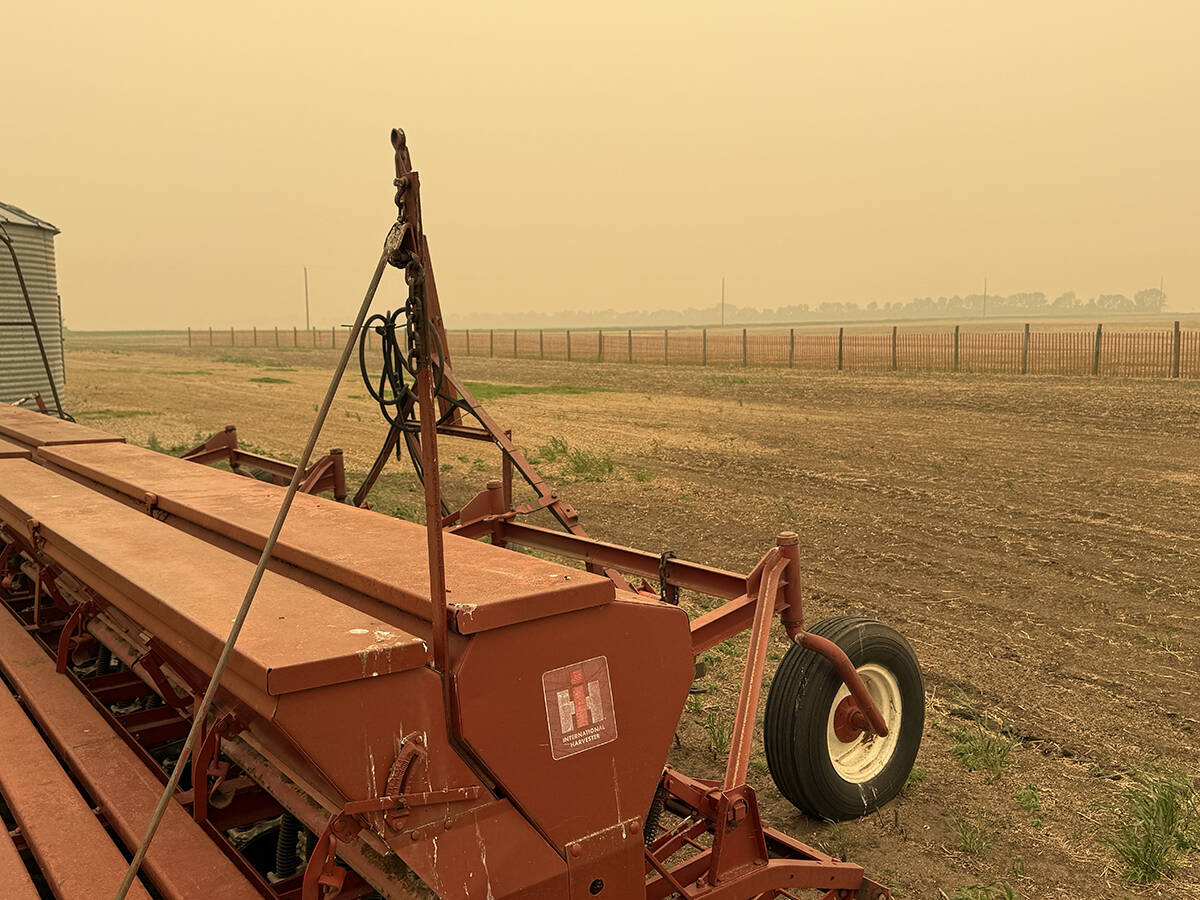Analysts have a few tips on how to fine-tune a production plan with markets information:
- Agronomics come first. Crop rotations and anticipated soil moisture conditions should govern decisions on what to grow.
“Some guys are going to have to plant for drought,” said Mike Jubinville of Pro Farmer Canada. “You’re not going to put canola into southwestern Saskatchewan, because they just don’t have the moisture to do it.”
- Information is power. There’s a great wealth of markets information out there, said Jubinville, and while there’s no guarantees attached to advice, farmers who are well-informed about the fundamentals of supply and demand have better odds of making the right decisions.
- Look ahead, not back. Many producers base their decisions on what crops have strong prices today. But many of those crops show weaker futures prices for 1998 production.
- Watch the crowd. “If everyone is going into flax, into peas, into triticale, you’ve got to start to wonder if you’re going to overdo it,” said Jubinville.
- Lock in some profits now using the futures market or forward contracts for a portion of new crop. Charles Hume of Keystone Marketing Services said this isn’t always appealing. Flax growers used to $9 per bushel prices may be disappointed in new-crop cash bids around $7.50/bu. But he notes many farmers can still make good profits at these levels.
Read Also

Wildfires have unexpected upside this year
One farmer feels smoke from nearby wildfires shrouded the July skies and protected his crop from the sun’s burning rays, resulting in more seeds per pod and more pods per plant.
Jubinville notes forward prices of up to $2.15/bu. for oats in Manitoba lock in a reasonable amount of profit.
“It’s basically a start to a marketing program,” he said. “Sure, this market could potentially explode down the road if we get the right combination of drought and demand from other markets, but you’ve got to look at what reasonable returns are.”














